Stylizacja jedzenia, popularnie zwana food stylingiem, jest sztuką prezentowania jedzenia na potrzeby fotografii bądź filmu. Gdziekolwiek ono występuje – czy to na zdjęciu, na opakowaniu, w reklamie, kolorowym magazynie czy programie kulinarnym – wszędzie tam jest (lub powinien być) również food stylista, będący integralną częścią procesu tworzenia. Czy food styling jest „wytworem” naszych czasów? Jak się okazuje… nie. Poznaj więc jego historię!
Food styling – jak to się zaczęło?
Możemy przyjąć, że zawód food stylisty istnieje od kilku wieków. Dla przypomnienia: jeszcze w czasach przedwojennych (sprzed I wojny światowej) w zamożnych domach zawsze była osoba zwana home economist. Pełniła ona funkcję kogoś, kto zajmował się organizacją życia kuchni, zamawiał artykuły spożywcze potrzebne do wykarmienia domu, układał menu, organizował pracę reszcie służby, pilnował wydatków… Co ciekawe – w krajach anglosaskich (UK, Australia) osoba wykonująca zawód food stylisty, zwłaszcza na planie filmowym, wciąż określana jest mianem home economist.
Później nastąpiła era czasopism i książek kucharskich, do których pisały panie zajmujące się domem. Popyt na tego typu wydawnictwa wziął się stąd, że po wielu wojnach i innych „zawieruchach” społeczeństwa zaczęły migrować, przenosić się do miast w poszukiwaniu pracy i lepszej, łatwiejszej przyszłości.
Wówczas młode gospodynie domowe, młode kobiety, zostały oderwane od swoich domów rodzinnych – a to właśnie tam od wieków zgłębiały wiedzę związaną z szeroko pojętą kuchnią i organizacją, przekazywaną przez mamy czy babcie. Czasy się zmieniły – informacje trzeba było pozyskać niejako „z zewnątrz”, czyli z gazet i książek.
Ciekawostka: O tym wspomina Maria Ochorowicz-Monatowa we wstępie do swojej książki Uniwersalna książka kucharska; do tematu nawiązuje też Lucyna Ćwierczakiewiczowa w książce 365 obiadów za 5 zł. Obie te pozycje zostały napisane już w XIX wieku.
Przykłady stylizacji z 1910 r. (Maria Ochorowicz-Monatowa, Uniwersalna książka kucharska)
Z czasem do tego dołączyła telewizja – najpierw edukacyjne programy kulinarne (kto z nas nie słyszał o Julii Child?!), później reklamy. Zapotrzebowanie rosło – już nie tylko programy, ale też szybko rozwijająca się branża reklamowa potrzebowały kogoś, kto wytłumaczy, jak coś przygotować, a przy tym pokaże gotowy produkt w wyjątkowo atrakcyjny sposób.
Ciekawostka: niektórzy topowi szefowie kuchni, prowadzący swoje programy kulinarne w telewizji, na potrzeby realizacji produkcji programu korzystają z pomocy nawet kilku food stylistów jednocześnie!
Fakty są takie: kobiety poszły do pracy, a wraz z tym „zjawiskiem” w sklepach pojawiły się gotowe dania lub półprodukty umożliwiające ich szybkie przygotowanie. Reklam przybywało, więc pracy dla food stylistów również. 😊
Przykłady stylizacji z lat 60. (Kuchnia warszawska, 1963 r.)
Stylizacja żywności w Polsce
Polska lat 90. też dołączyła do tego trendu. I u nas rynek reklamowy, kolorowych magazynów i apetycznie wyglądających książek kucharskich zaczął rozkwitać. O ile na początku fotografowie radzili sobie sami (do dzisiaj wielu fotografów na całym świecie zajmuje się zarówno fotografią, jak i stylizowaniem potraw), o tyle na potrzeby realizacji reklam telewizyjnych zatrudniano już fachowców z zagranicy.
Przykłady stylizacji z lat 90. (Christiane Teubner/Annette Wolter, Specjalności kuchni światowej pyszne jak nigdy dotąd, 1993 r.)
Z czym to się wiązało?
Food stylista pracujący poza granicami swojego kraju potrzebuje na miejscu asystenta – kogoś, kto pomoże mu w organizacji pracy, zorganizuje kuchnię i potrzebne sprzęty, pomoże w zrobieniu zakupów, jak również wprowadzi w tajniki i estetykę kuchni polskiej. O ile oczywiście reklama była zlecana przez klienta z Polski…
Czasem bywało odwrotnie – klient zlecający pracę był przedstawicielem firmy zagranicznej. Wtedy trzeba było pomóc w organizacji zakupów, a umówmy się – w latach 90. znalezienie zagranicznych artykułów spożywczych nie należało do najprostszych zadań. 😉 Nawet jeśli gdzieś udało się dostać karczochy, marakuję czy orzechy kokosowe, to cała reszta produktów rosła sezonowo i była dostępna lokalnie.
Nie były to czasy globalizacji; oprócz bazaru na ul. Polnej praktycznie nie było innej możliwości zrobienia zakupów. Ja jeździłam po nie do Berlina, kilka razy zdarzyło mi się polecieć samolotem – do Londynu, Paryża, Barcelony… – tylko po to, by przywieźć coś egzotycznego i niesezonowego.
W tamtym czasie pracowałam już na planie filmowym – zajmowałam się scenografią. Nigdy nie interesowały mnie duże budowy dekoracji, wolałam dekorację wnętrz – wystrój pomieszczeń, okien, ścian, szaf, stołu…
Gdy pojawiało się u nas coraz więcej food stylistów z zagranicy, zaczęłam przyjmować zlecenia jako ich asystentka. Najpierw z czystej ciekawości – w końcu skąd mogłam wiedzieć, na czym ta praca faktycznie polega?
Szybko jednak okazało się, że podoba mi się to zajęcie. Zaczęłam więc czerpać od nich wiedzę, poznawać tajniki zawodu, techniki przygotowywania jedzenia (tak, by dłużej wyglądało świeżo i apetycznie), sekrety organizacji pracy, jak i zarządzania ludźmi – zarówno tymi, z którymi pracuję na planie filmowym, jak i z dostawcami jedzenia.
Pracowałam z wieloma food stylistami. Z czasem zaczęłam też jeździć po świecie – i wtedy już sama potrzebowałam lokalnych asystentów. Wówczas okazało się, że ja również przekazuję swoją wiedzę dalej, jednocześnie ucząc się w nowych miejscach zupełnie innego spojrzenia na mój zawód.
Do jakich wniosków doszłam?
Kilka słów o zawodzie food stylisty
Food styling jest niesamowicie złożonym procesem, wymagającym między innymi dużej wiedzy – zarówno ogólnej, jak i np. historycznej (jeśli realizujemy jakiś projekt związany z czasami minionymi) – znajomości produktu oraz… cierpliwości.
Skąd ten wniosek?
Otóż oprócz wiedzy na temat danego produktu (artykułu spożywczego), znajomości różnych technik kulinarnych i posiadania sporej ilości niezbędnego do pracy sprzętu food stylista powinien znać również podstawy sztuki kulinarnej, projektowania, chemii czy fizyki. Dodatkowo zawsze powinien być też gotowy na improwizację.
Kolejną kwestią, o której należy pamiętać, jest z pewnością umiejętność działania pod presją i w stresie – praca ta obciążona bywa ograniczeniami czasowymi i odpowiedzialnością finansową. Przy okazji wspomnę jeszcze o umiejętności robienia zakupów, a dokładniej – wynajdowania trudno dostępnych produktów na już, właśnie tu i teraz.
Tego zawodu praktycznie nie da nauczyć się w szkole czy na kursie, choć wiem, że takowe istnieją. Trzeba uczyć się go w praktyce – na planie filmowym lub fotograficznym, od kogoś, kto już go zna i wykonuje.
Praca jako food stylista jest specyficzna, ponieważ jedzenie, czyli nasz bohater, nigdy nie występuje samo. Zawsze jest reprezentujący je klient, który czasem dokładnie wie, czego chce i oczekuje perfekcyjnej realizacji swojej wizji, a w wielu sytuacjach to właśnie tej wizji mu brak i trzeba zaproponować konkretne rozwiązania estetyczne.
Do tego dochodzi też reżyser lub fotograf – każdy pracujący w swoim tempie i rytmie – a także aktorzy jedzący to jedzenie. Czasami są nimi dzieci, które nie wezmą do ust czegoś, co będzie sztuczne lub niesmaczne; czasami są to psy, koty, a nawet konie lub inne zwierzęta… Dla food stylisty połączenie wizji estetycznej ze smakiem nie może być problemem. Nasz bohater – nawet mimo ewentualnych powtórzeń danych ujęć lub zdjęć – wciąż musi wyglądać świeżo i apetycznie.
PS Dla zaciekawionych tematem polecam miniserial zrealizowany przez Amazon: James May: Oh Cook, który w zabawny sposób pokazuje, jak ta praca niejednokrotnie wygląda.
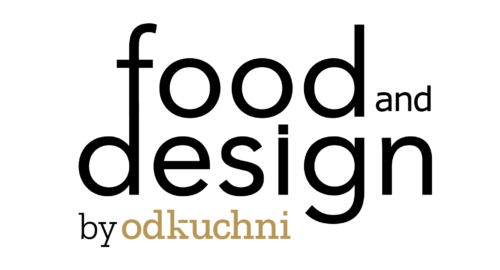
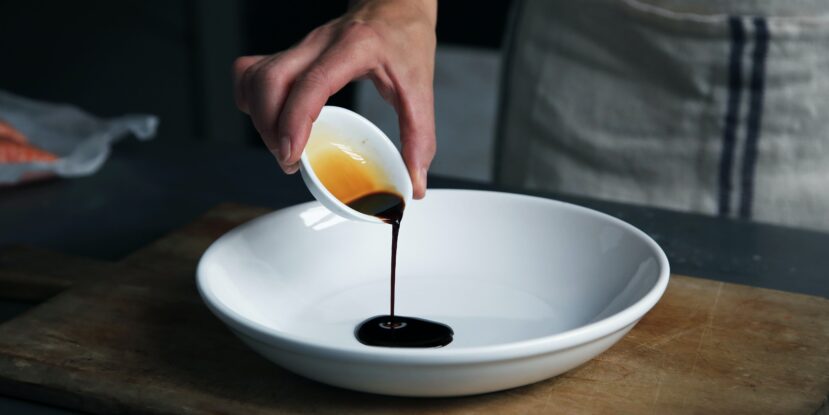
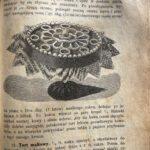
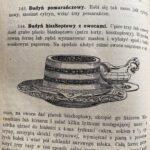


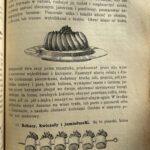

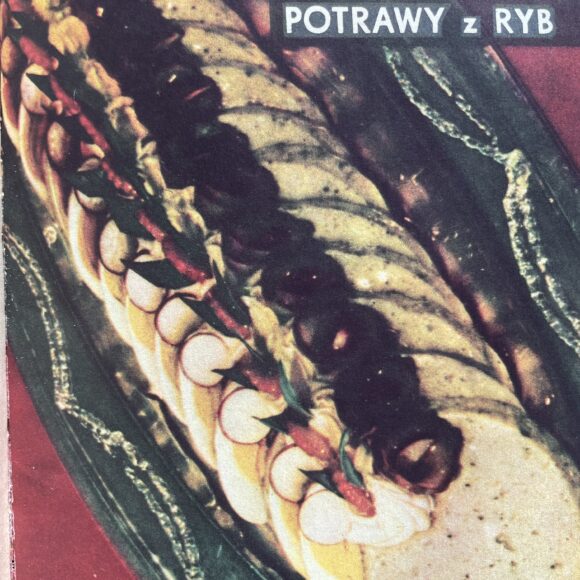
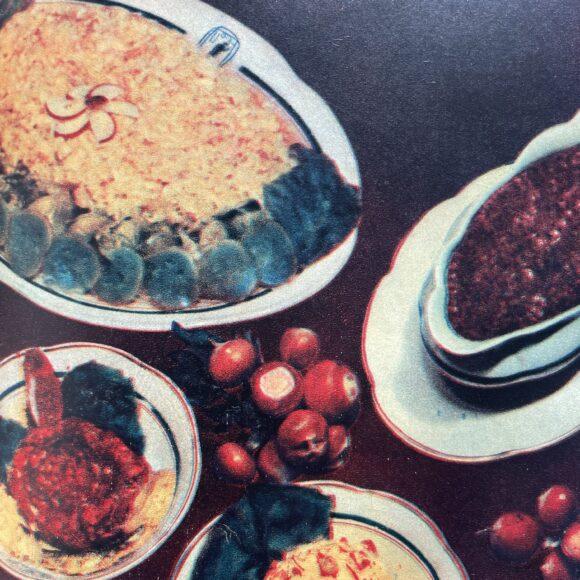
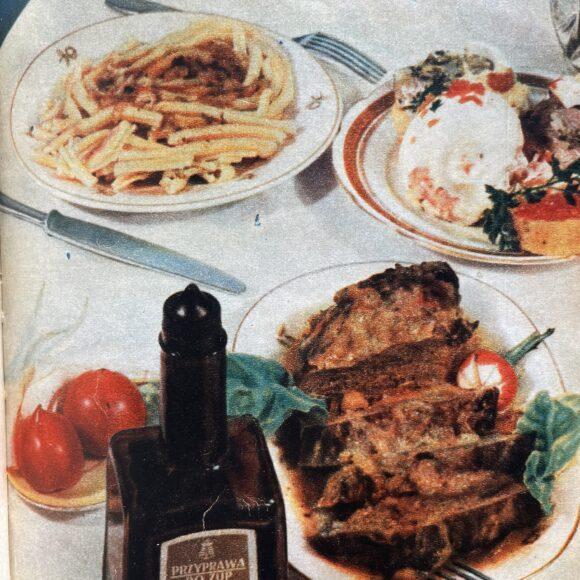
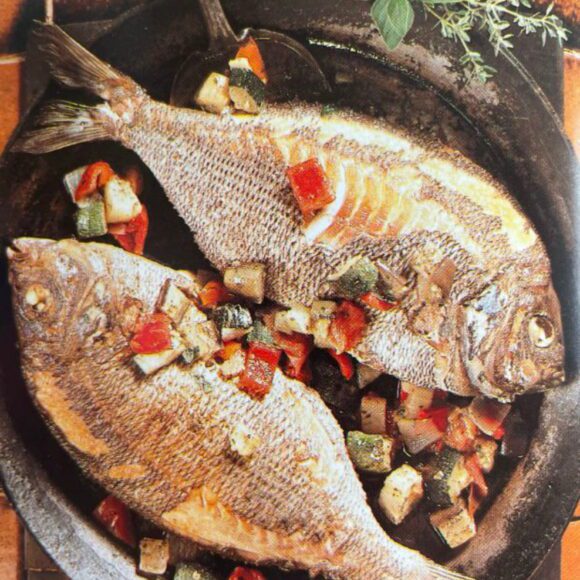
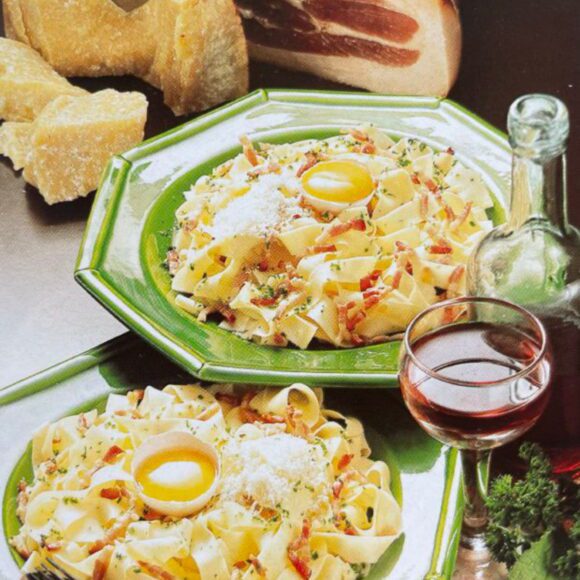

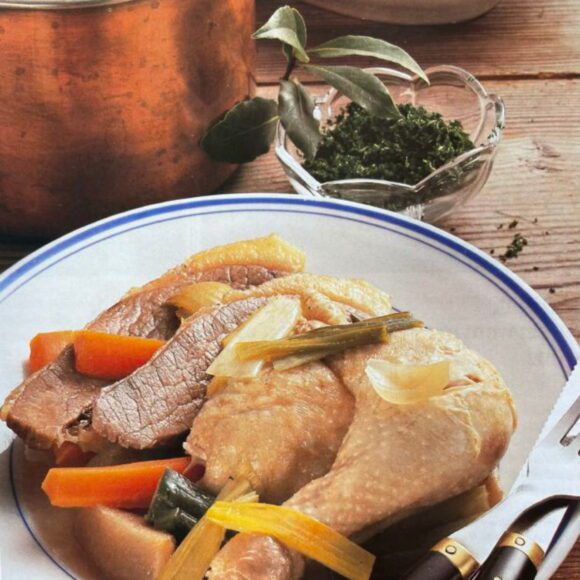

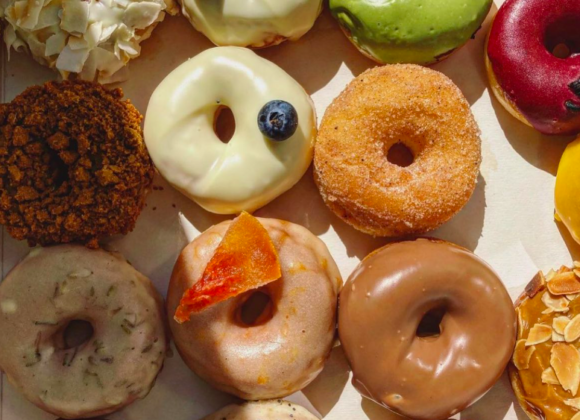

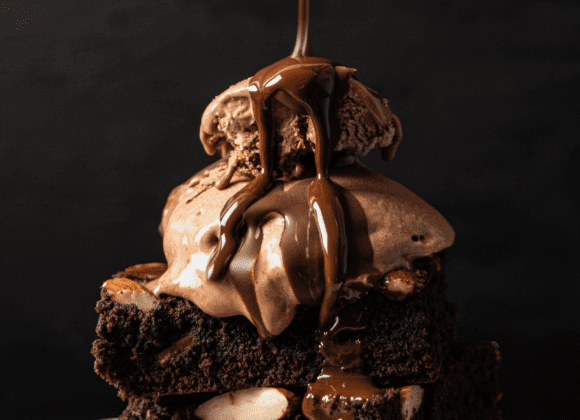
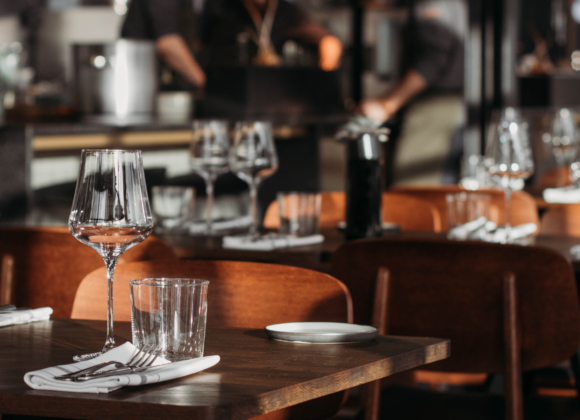



 Młodszy specjalista ds. komunikacji marketingowej i PR.
Młodszy specjalista ds. komunikacji marketingowej i PR.


 Absolwent Uniwersytetu Warszawskiego oraz Szkoły Głównej Gospodarstwa Wiejskiego. W branży HoReCa od ponad 10 lat. Przez lata związany z Grupą Trip, Sobienie Królewskie Golf and Country Club oraz restauracją Florentin w Warszawe.
Absolwent Uniwersytetu Warszawskiego oraz Szkoły Głównej Gospodarstwa Wiejskiego. W branży HoReCa od ponad 10 lat. Przez lata związany z Grupą Trip, Sobienie Królewskie Golf and Country Club oraz restauracją Florentin w Warszawe. Absolwentka Wydziału Architektury Politechniki Warszawskiej na kierunku Architecture for Society of Knowledge oraz Komunikacji Wizualnej na Politecnico di Milano. Specjalistka od budowania nastroju. Doświadczenie zdobywała w kraju i zagranicą podczas licznych warsztatów międzynarodowych (Sevilla, Lizbona, Florencja), stypendium na La Sapienza (Rzym) oraz pracując m.in. w Carmi e Ubertis i ADM Milano.
Absolwentka Wydziału Architektury Politechniki Warszawskiej na kierunku Architecture for Society of Knowledge oraz Komunikacji Wizualnej na Politecnico di Milano. Specjalistka od budowania nastroju. Doświadczenie zdobywała w kraju i zagranicą podczas licznych warsztatów międzynarodowych (Sevilla, Lizbona, Florencja), stypendium na La Sapienza (Rzym) oraz pracując m.in. w Carmi e Ubertis i ADM Milano.








 Menedżer z wieloletnim doświadczeniem w branżach kosmetycznej, spożywczej, dziecięcej. W trakcie swojej kariery związany z firmami takimi jak: L’Oreal, Samsung, Danone-Nutricia, Unilever. W ciągu swojego życia zawodowego odpowiadał między innymi za rozwój sprzedaży i contentu eCommerce w Polsce i krajach Europy Środkowo-Wschodniej.
Menedżer z wieloletnim doświadczeniem w branżach kosmetycznej, spożywczej, dziecięcej. W trakcie swojej kariery związany z firmami takimi jak: L’Oreal, Samsung, Danone-Nutricia, Unilever. W ciągu swojego życia zawodowego odpowiadał między innymi za rozwój sprzedaży i contentu eCommerce w Polsce i krajach Europy Środkowo-Wschodniej. 

























































